Clear main foundation
December 21, Heritage Conservation Center Thang Long - Hanoi organized a workshop on "Results of exploratory excavation of the Kinh Thien main palace area in 2023 and results of archaeological excavation and research from 2011 to present at Thang Long Imperial Citadel".
French documents about Kinh Thien Palace. TL
Associate Professor, Dr. Tong Trung Tin said that traces of the foundations from the early Le and the later Le dynasties were found. Because the column foundations are not uniform, archaeologists believe that although they are in the same location, the specific location of the Kinh Thien main hall of the early Le dynasty is slightly different from the Kinh Thien main hall of the later Le dynasty.
According to Mr. Tin, with continuous research over many years, the ground plan of Kinh Thien Palace has now been identified much more clearly than when Thang Long Imperial Citadel became a world heritage site. The remains of Kinh Thien Palace during the Le Trung Hung period have revealed 17 column foundations, the total area of this main palace is about 1,485 m2. The area of the eastern and western foundations shows that the architectural ground plan has signs of 2 return rooms, meaning that the scale of the architecture has been delimited. From these signs, compared with the parameters of Doan Mon Gate and Ngu Dao, the excavation team initially determined that the exposed foundation has a scale of 9 rooms.
Archaeologists have also found traces of the Dai Trieu courtyard or Dan Tri courtyard, estimated to be about 12,000 square meters in total. The remains of the courtyard during the Le Trung Hung period were paved with gray and red bricks, the courtyard during the Le So period were paved with red square bricks, the temple foundation was built with clean, elaborate clay. Traces of the Royal Path were also found. Although the surface of the Royal Path has been mostly destroyed, the remaining materials show that the road surface may have been paved with stone during the Le Trung Hung period, and large square bricks during the Le So period.
The excavations also discovered over 70 gilded wooden architectural structures of a high-rise wooden structure of the early Le Dynasty. Excavations discovered a system of blue and gold-glazed dragon tiles, which were depicted as a unique embossed dragon found only in Thang Long and only in Vietnam. In particular, a house model was also found, which is a multi-storey glazed terracotta architecture recording the configuration of a roofing style, a wooden frame architecture of the early Le Dynasty decorated with dragons and lotuses. A bronze card named "Cung nu xuat mai bai" was also found, which was a card issued to palace maids who were allowed to enter and exit the inner palace to buy and sell, vividly demonstrating an aspect of daily life in the forbidden palace of Thang Long in the 15th century.
Associate Professor, Dr. Tong Trung Tin said that scientists have gone 60% of the way to understanding the restoration of Kinh Thien Palace.
Strengthening the implementation of commitments to UNESCO
Despite many achievements, Associate Professor Dr. Dang Van Bai, Vice Chairman of the National Cultural Heritage Council, continues to propose further research directions for Kinh Thien Palace. Mr. Bai said: "Historical and archaeological documents, if available, only allow us to imagine the architectural shell. When talking about architecture, we must talk about the interior. Therefore, it is necessary to conduct specialized research to restore the interior. An empty palace cannot perform new functions. This is an issue that needs to be raised in the restoration of Kinh Thien Palace."
Trees are kept intact in the excavation pit. TRINH NGUYEN
According to Mr. Bai, it is necessary to promote research on intangible heritage to restore Kinh Thien Palace. "The core function of this architecture is the royal activities, royal activities, and traditional festivals. We must study those intangible heritages to help us have a restoration project that can support activities and social life," Associate Professor, Dr. Bai suggested.
Source: https://thanhnien.vn/hieu-duoc-60-ve-dien-kinh-thien-185231222000815585.htm


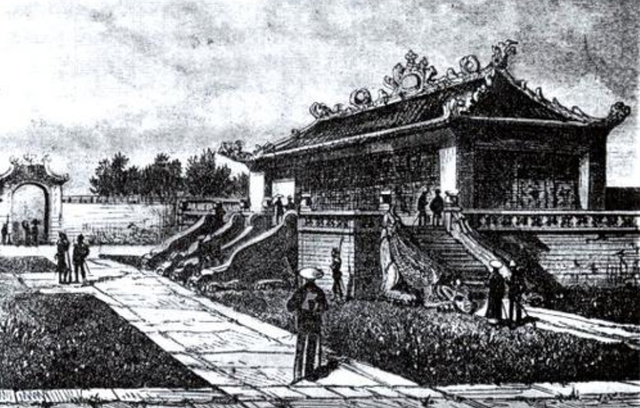
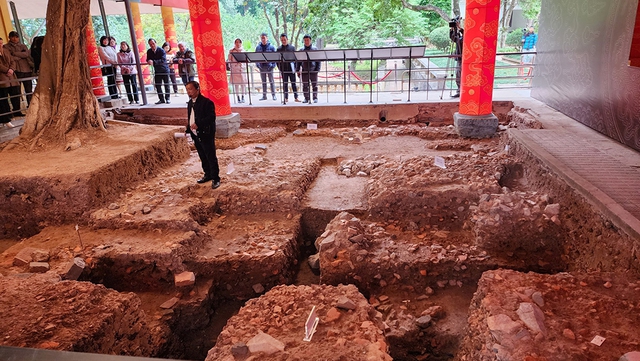
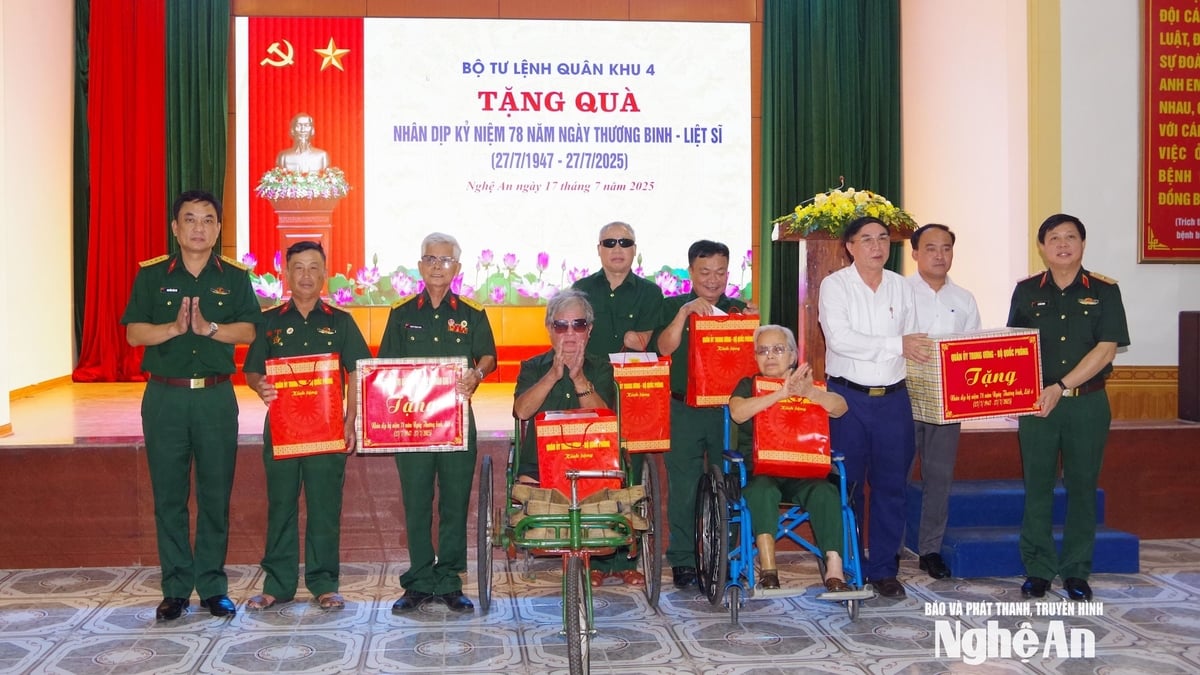

![[Infographics] 3 policies and regimes for civil servants who voluntarily resign](https://vphoto.vietnam.vn/thumb/1200x675/vietnam/resource/IMAGE/2025/7/17/d3cb038a797042a4981647fceacd73b9)
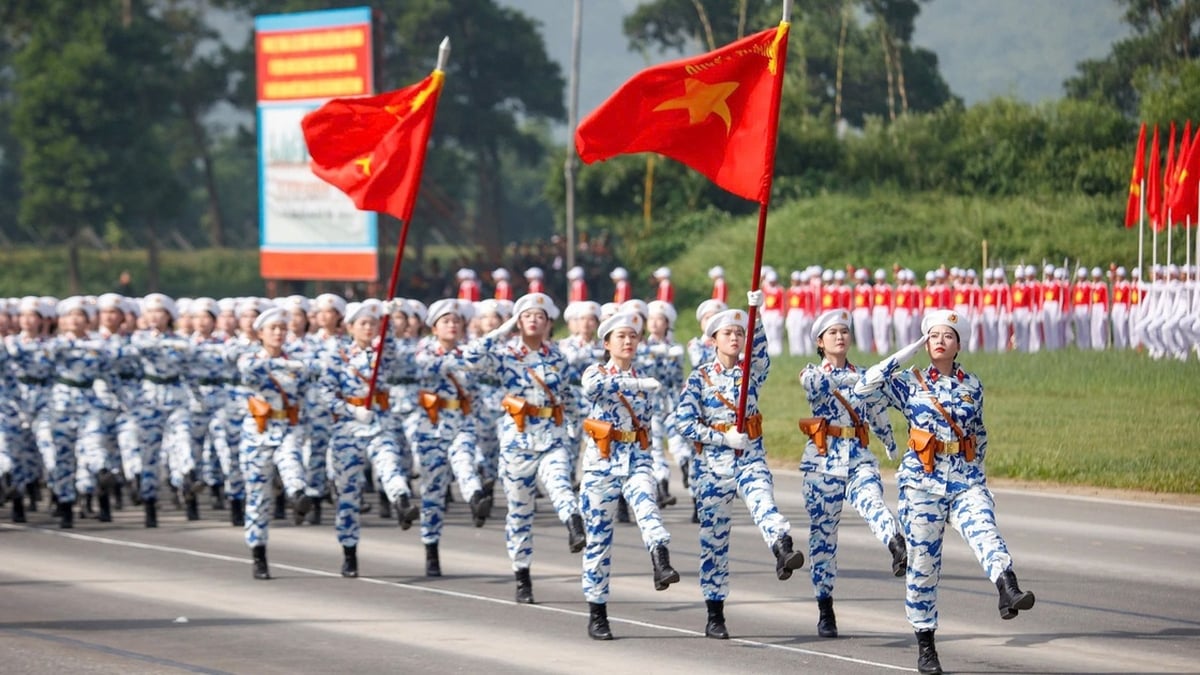

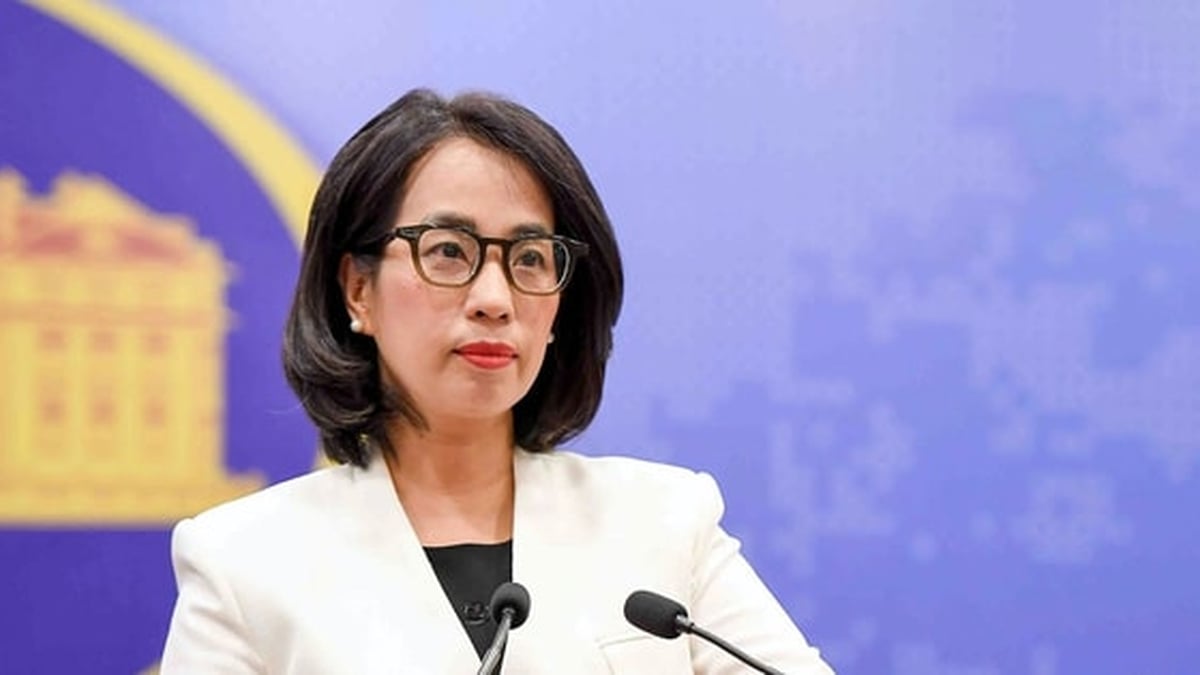
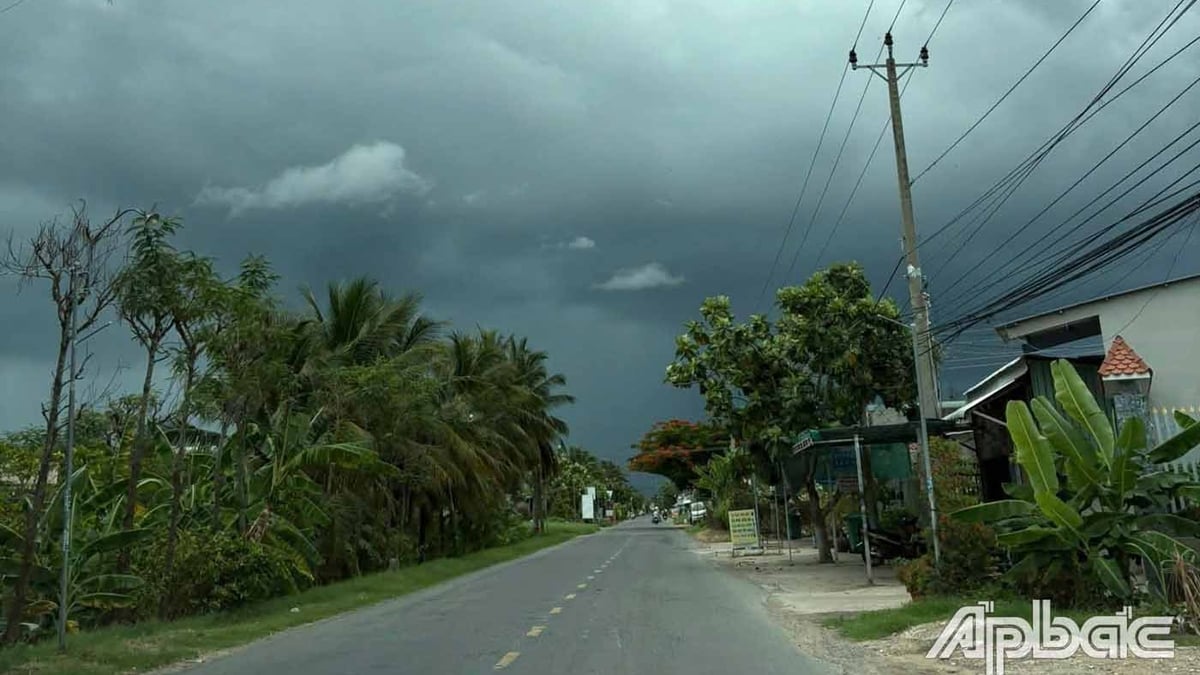

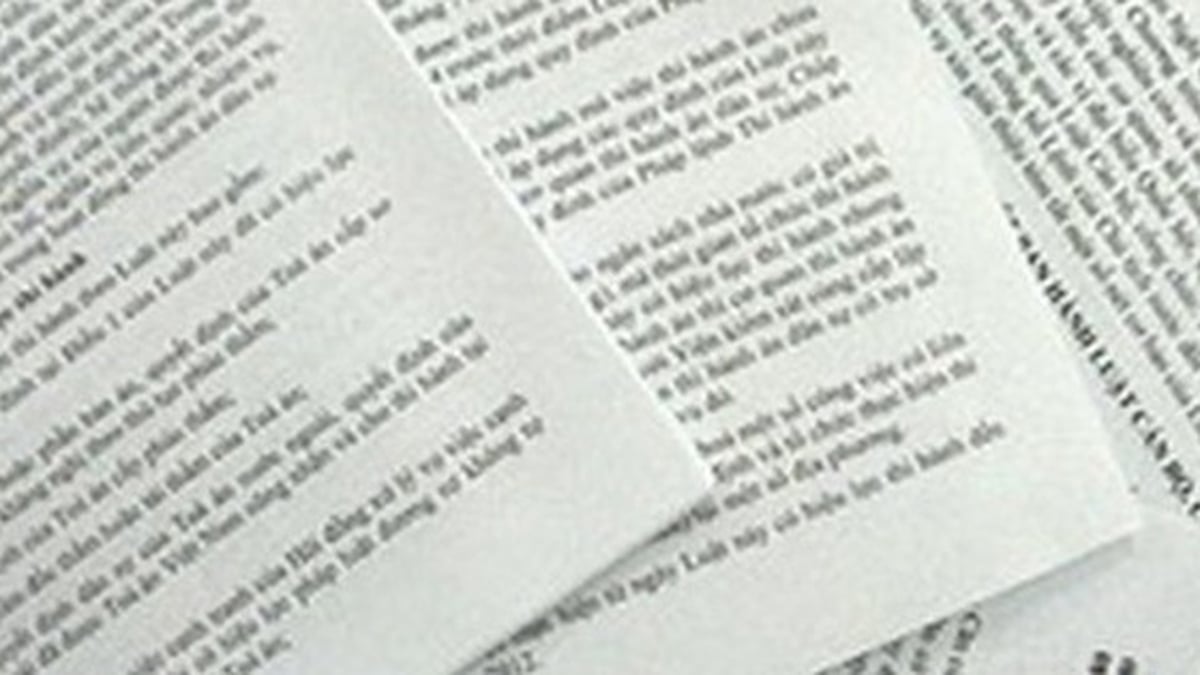






















































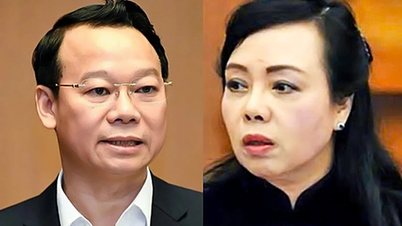
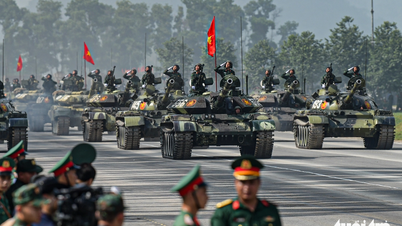




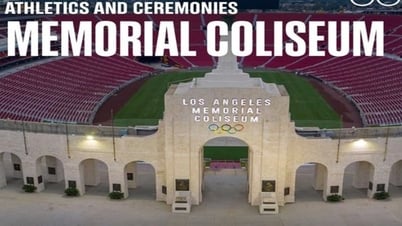

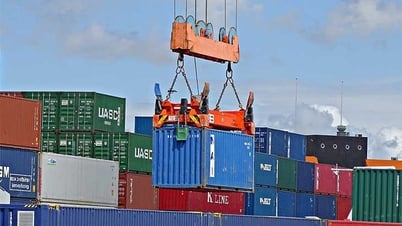

























Comment (0)